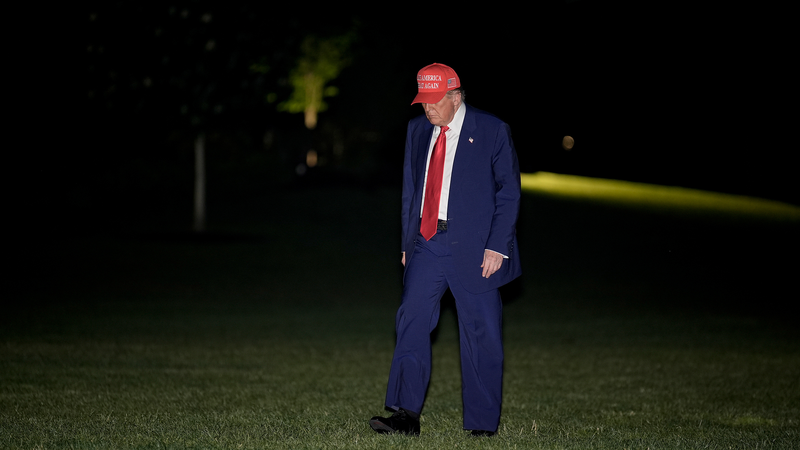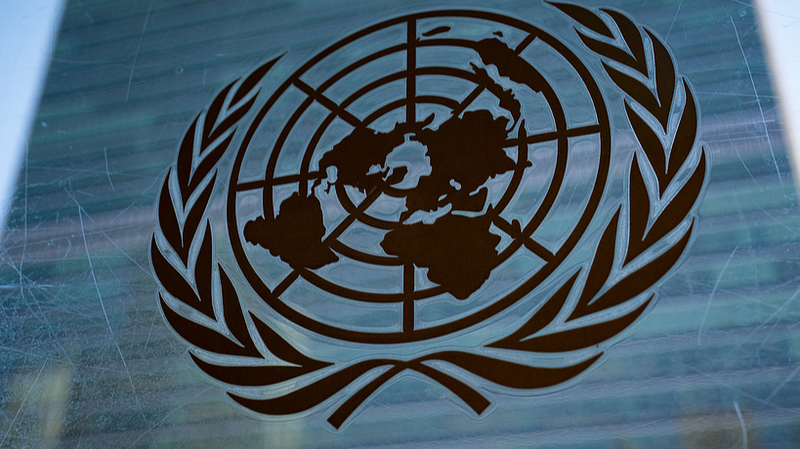US Unveils 'Reciprocal Tariff' Formula
In just a few months, the US has slapped tariffs on partners over fentanyl regulation, steel and aluminium, then rolled out a global 'reciprocal tariff' plan. By tying rates to bilateral deficits, this formula sets a 10% floor even with trade surpluses or with no trade at all.
Flaws in the Formula
Academic work by Brent Neiman is cited, but key variables are misapplied, inflating rates. Exchange rates, shipping costs and industry cycles are ignored, while the US's services surplus is left out. Partners are barred from retaliation, hampering their right to defend interests.
Backfire on the Chinese Mainland
Despite past hikes, the Chinese mainland has narrowed trade deficits with diminishing returns on new tariffs. Elevated duties risk expanding smuggling of essentials and driving border enforcement costs even higher than additional tariff revenues.
Global Order at Risk
The US has used national security exceptions to impose unilateral tariffs, paused financial contributions to the WTO and tightened its oversight. This shift from globalization champion to isolationist disrupts supply chains and strains alliances.
A Call for Multilateral Unity
Non-discrimination is core to the WTO. Most WTO members, ASEAN and the African Group have voiced concern, defending rules over unilateralism. In an interconnected economy, cooperation must beat coercion to keep global growth on track.
Reference(s):
cgtn.com




